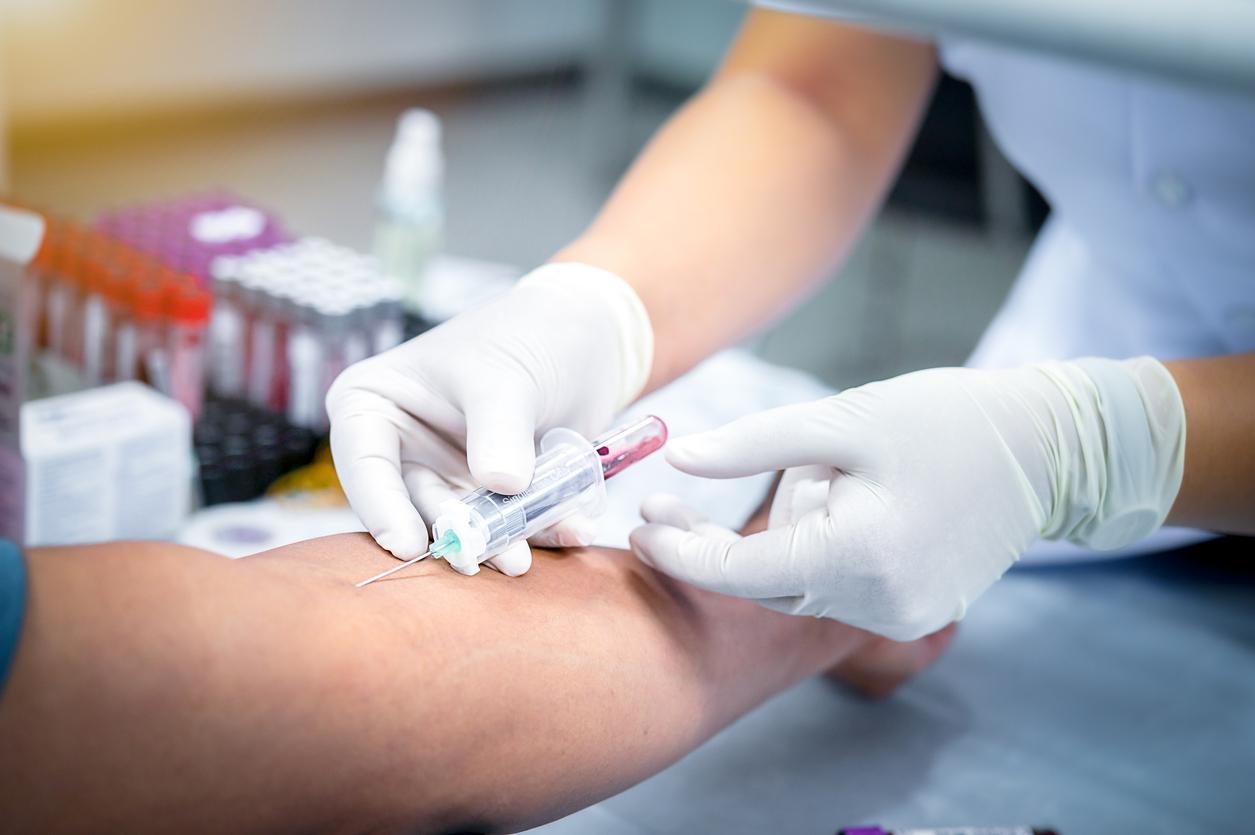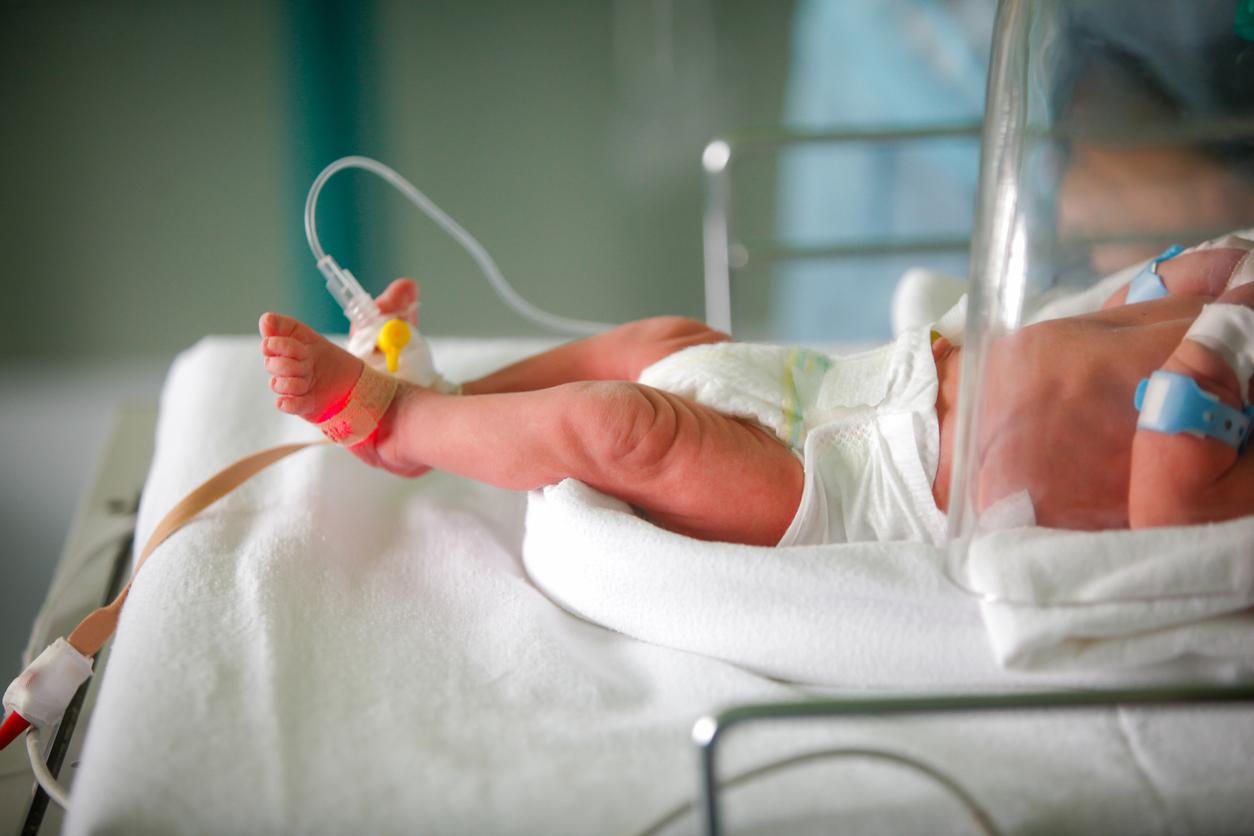Eczema: what treatment?
There is a great temptation to switch from one treatment to another in search of the miracle cure. However, we have to make up our minds: it does not exist. On the other hand, it is possible to improve the condition of baby’s skin considerably.
During crises, the treatment of relapses is based on anti-inflammatory creams and the fight against secondary infections. Children’s skin is easily infected and antibiotics are sometimes needed.
Between outbreaks
Daily application of a moisturizer helps fight dry skin. Those which contain copper or zinc have, in addition, an anti-inflammatory activity. It is also possible to temporarily use colloid dressings to isolate diseased skin and reduce the risk of scratching. Finally, it is important to limit the sources of allergens and to respect special hygiene measures.
Eczema: the first signs
More and more frequent, eczema also begins earlier and earlier, sometimes as early as the age of 1 month. Small yellowish and oily scales on the scalp; dry cheeks, which are covered with red patches; sometimes small blisters that ooze before crusting and healing: the first signs do not go unnoticed.
Over time, the location of the lesions changes. After the cheeks and forehead, the eyelids, earlobes and knees may be affected. Later, the plates settle rather at the level of the flexion folds. But, whatever the age, the lesions evolve in spurts. On too dry skin, they cause itching sometimes so annoying that they disrupt the sleep of the baby.
Eczema is most common before the age of 3, peaking around 4 to 8 months. It often subsides around 2-3 years and, in the majority of cases, disappears around 4-5 years. It is impossible to predict whether or not eczema will persist after puberty and into adulthood. In addition, its development is sometimes capricious. In the vast majority of cases in children, it is a transient and benign disease, which allows to live almost normally.
Eczema: what causes it?
Eczema is the release of small bubbles. Why are they formed? Because the skin, which is too permeable, overreacts to certain elements of its environment (tobacco, dust mites, food, etc.).
Children who suffer from eczema are born with a particular genetic background, often transmitted by parents, which promotes this hyper sensitization. Doctors call this familial predisposition “atopy”. This is why constitutional eczema is also called “atopic dermatitis”. If the lesions return more or less regularly and there are manifestations of allergy in the family, additional examinations are useless for the diagnosis of eczema.
However, a blood test would often show an increase in certain substances (immunoglobulins E). This anomaly reflects a disruption of the immune defense system. A search for the specificity of these immunoglobulins against certain allergens and skin tests can be performed in complicated cases.
Eczema: why does it recur?
If the plates come back, it is because there is a reason … Today we better understand the mechanisms that lead to their triggering. It is thus known that skin dryness and itching promote the penetration of substances that cause the skin to react. These allergens vary depending on the child and their environment. It can be house dust, animal hair, pollen … This penetration can also take place through the respiratory or digestive mucous membranes. Then, the circuit is always the same: the allergenic substances are first captured by cells of the epidermis, which transport them to the ganglia, where they are put in the presence of specialized immune cells. Activated, these memorize the allergen and return to the skin, ready to trigger inflammation in the event of a new encounter with it.
Eczema: the benefits of a cure
Moisturize and soften your skin, take a break with medication, no longer feel the gaze of others, meet people who are experiencing the same disease … These are the advantages of thermal cures. The virtues of thermal cures are numerous for those who suffer from frequent crises. They also offer them the opportunity to learn how to better manage their disease, since they meet with a specialized medical team and are more available. Often, moreover, the consumption of cortisone ointment decreases in the months following the treatment.
9 anti-eczema tips
– Avoid tobacco and furry animals. Especially the cat, especially in the children’s room.
– Do not give too hot baths. At 37 ° C, water reddens the skin and irritates it! Lower the temperature by 1 ° C every two weeks to reach 32 ° C.
– Do not cover the child too much and do not overheat his room. Sweating and eczema do not mix well: in summer, eczema gets better, except in areas where you sweat.
– Do not introduce foods likely to be allergenic (eggs, fish) too early. Not until your baby is between 6 months and 1 year old, unless he has recovered completely.
– Prefer foam mattresses. Wrap them in a plastic cover that you wash regularly. No duvet.
– Choose a tile or synthetic covering, rather than a carpet. And every day, run a damp mop on the floor.
– Do not put wool directly on the skin. Prefer cotton underwear.
– Avoid stays in humid and hot countries. On vacation, the ideal is the seaside with the wind and moderate exposure to the sun.
– After a sea bath, rinse the skin with fresh water. Do not wear a wet swimsuit for too long.


















